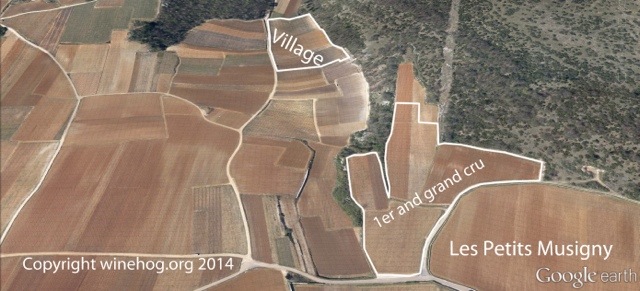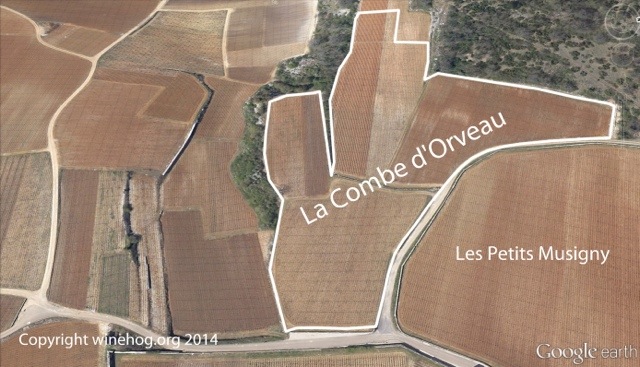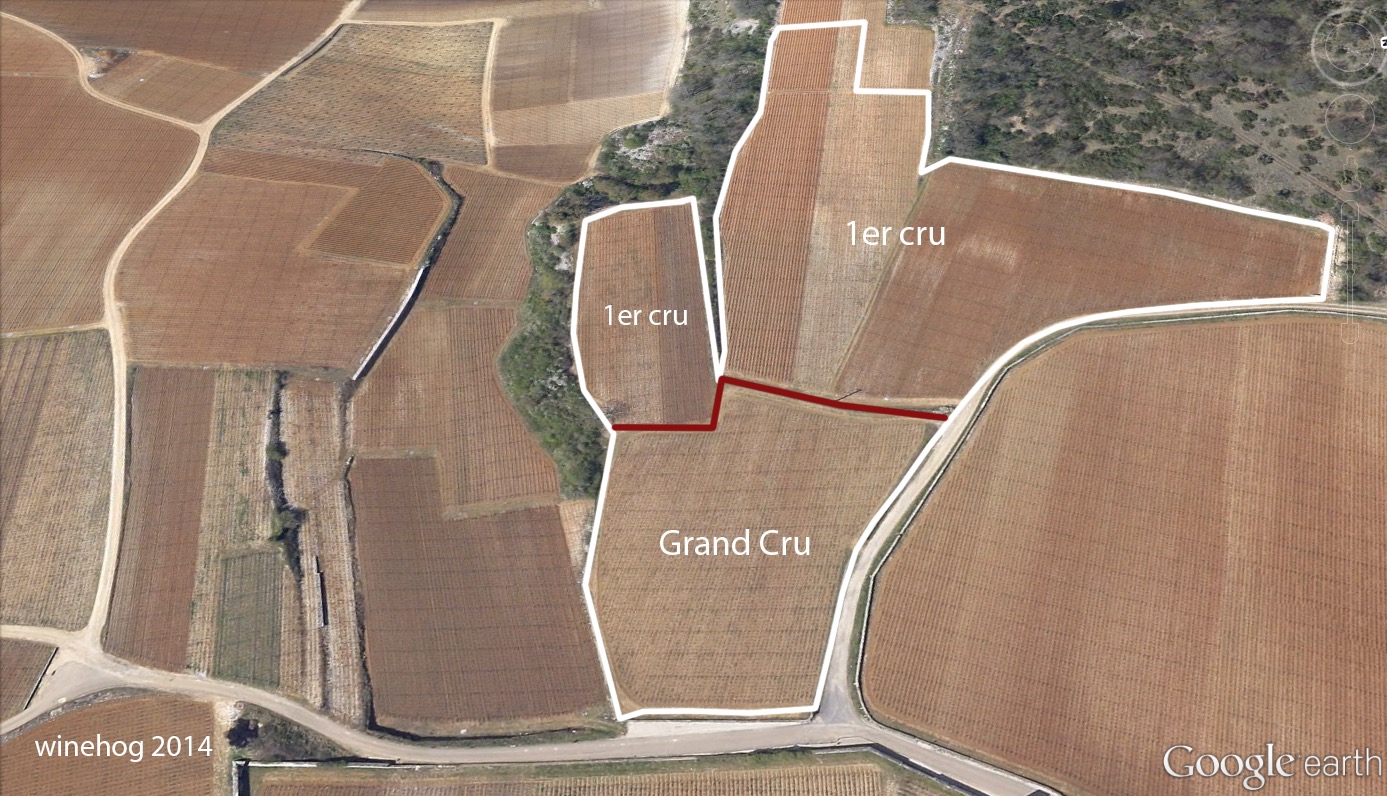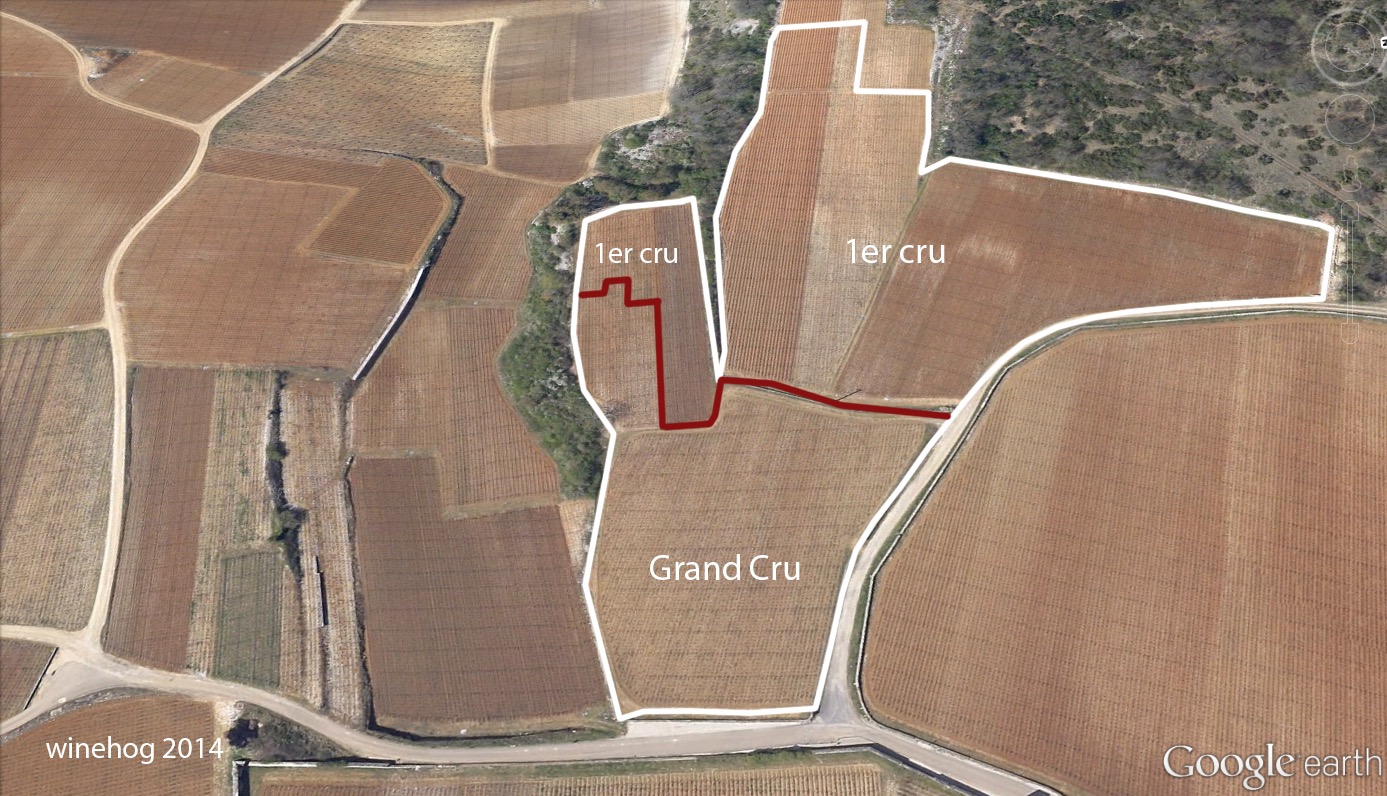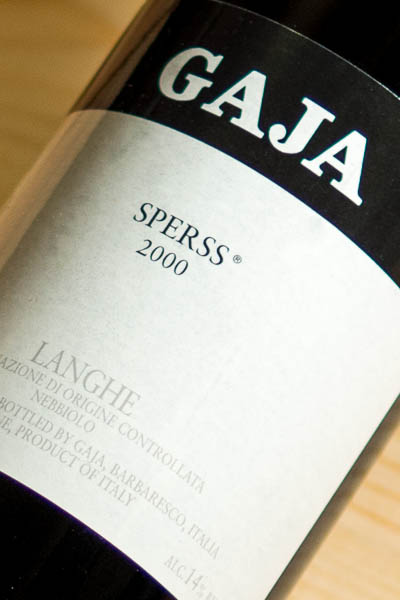Ristorante More e Macine i La Morra 10.11.17;
Barolo Rocche di Castiglione 2011, Vietti
1961 var den første årgangen for en enkelmarksvin i Rocche di Castiglione. Derfor "50" på etiketten. Veldig parfymert nese, fioler, dyp nese med whiff av parfymeavdelingen på Steen & Strøm. Lys og korrekt Castiglione frukt med solide tanniner. Tilgjengelig nese, men ikke tilgjengelig munn.
89 poeng
Vinous.com
Rocche di Castiglione
The village of Castiglione Falletto lies in the middle of the Barolo zone, where the soils from the two main periods – Serravallian and Tortonian – come together, often resulting in rich tapestries of soils that yield distinctive wines. One of the signatures of the best Castiglione Falletto Barolos is their ability to drink well relatively early and also age for decades. Castiglione Barolos are often intensely perfumed and have a silkiness to their tannins that is distinctive. All of those qualities find their highest expression in Rocche di Castiglione and nearby Monprivato. With the 2010 vintage, Rocche di Castiglione is known by its full name, but before then it was also often seen on labels as simply Rocche, which, among other things, caused confusion with other similarly named vineyards such as Rocche dell’Annuniziata in La Morra.
The Currado family owns two parcels totaling just under one hectare in Rocche di Castiglione, a steep, vertigo-inducing site outside the center of town. The original vineyard is the larger piece that lies in the direction of Monforte. According to Luca Currado, this parcel has been in the family for as long as he has records. Colloquially, the vineyard is still known as ‘Rocche di Natale’ after the farmer who previously owned the land.
Now shared between Vietti and Roccheviberti, this vineyard was formerly one large parcel. Currado observes that the clonal makeup in both holdings is exactly the same across the two large horizontal sections that run across the properties, which leads him to think the land was originally divided into upper and lower sections, but was later reconfigured to give both owners access to the main road above. The lower part of the vineyard is planted with an old variant of Michet, while the upper section is planted with a combination of Michet, Rosé and Lampia Nebbiolo clones.
In the mid 1980s, Vietti bought a second piece in Rocche that lies closer to Castiglione Falletto, near the bend in the road and nestled between Brovia’s holdings. It, too, is locally known by the name of its previous owner, in this case, Margherita. This parcel is also planted with an old variant of Michet, identified as such because the bunches have no wings. According to Currado, the soils are not markedly different between the two parcels; both are rich in the blue tufa/sand mixture that is typical of Rocche, with perhaps just a bit more sand in the vineyard on the Castiglione side.
Although Vietti’s Barolo Rocche has been an estate wine for some time, there was a period during which Alfredo Currado purchased grapes from his neighbors. Records are inexact at best (Piedmont is still Italy), but purchased fruit is almost certainly present in vintages through the mid 1990s with a production in excess of 5,000 or so bottles. For example, in 1986 Vietti made 5,300 bottles of the Rocche and that is after hail wiped out more than half of their crop. Similarly, production of the 1988 surpassed 7,000 bottles, while the 1995 came in around 6,500 bottles. Of course, none of the techniques that are used today such as green harvesting, bleeding and sustainable farming (which tends to naturally reduce yields) were common up until the 1990s, so information on labels alone can only tell part of the story. Today, Vietti makes closer to 4,000 bottles of Rocche, which is the norm for what is considered quality-driven farming and yields by present day standards.

Rocche di Castiglione, Castiglione Falletto, parcel by parcel. © 2016 Enogea, Alessandro Masnaghetti Editore. All rights reserved. Used with permission.
Vietti fans will also notice Cascina Briacca on the map. Briacca lies just off the road that leads to Roagna’s Cascina Pira. Alfredo Currado purchased grapes from this site for his Barolo Briacca from the 1970s through the early 1990s. The 1978, last tasted a few years ago, was still fabulous. One of the particularities of this site is that it was originally planted with the Rosé clone of Nebbiolo. In the late 1980s, the owner replanted the vineyard with clonal material that Alfredo Currado found less interesting. A few years later, he stopped working with the fruit.
Barolo Brunate 2001, Roberto Voerzio
Ganske typisk Voerzio med uklar og tett, mørk "grumesete" frukt. Tørr avslutning, mye eik og tydelige tanniner fortsatt. Usikker på om dette var en optimal flaske. Kokos, fløte, mokka. Mangler endel eleganse. 88 poeng
Chateau Angelus 1998, St. Emilion
Slik går det når du sender Buøen ned i restaurantkjeller`n ! Han kom opp med en Angelus til 350 Euro ! Men klassisk Bordeaux var det, mørk, fremdeles vital og ungdommelig selv om den snart er 20 år gammel, stor konsentrasjon, men mangler endel balanse. Viser veien til slottets progresjon til A-status. 90 poeng














